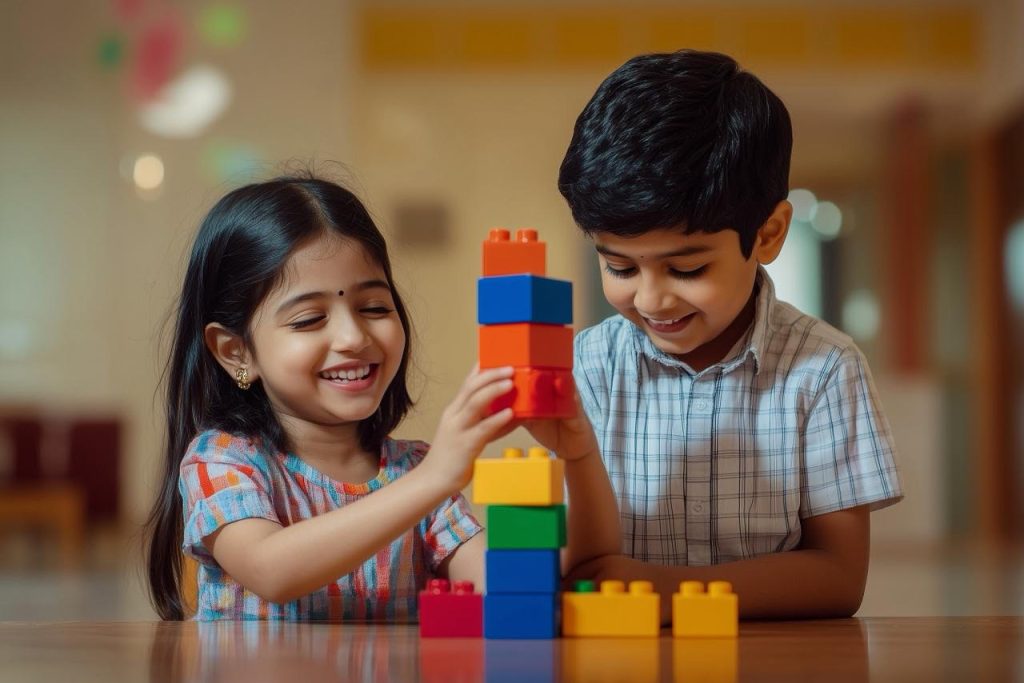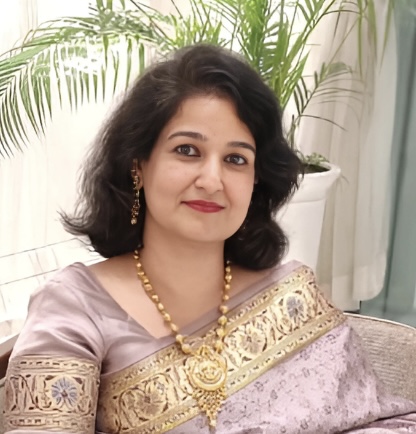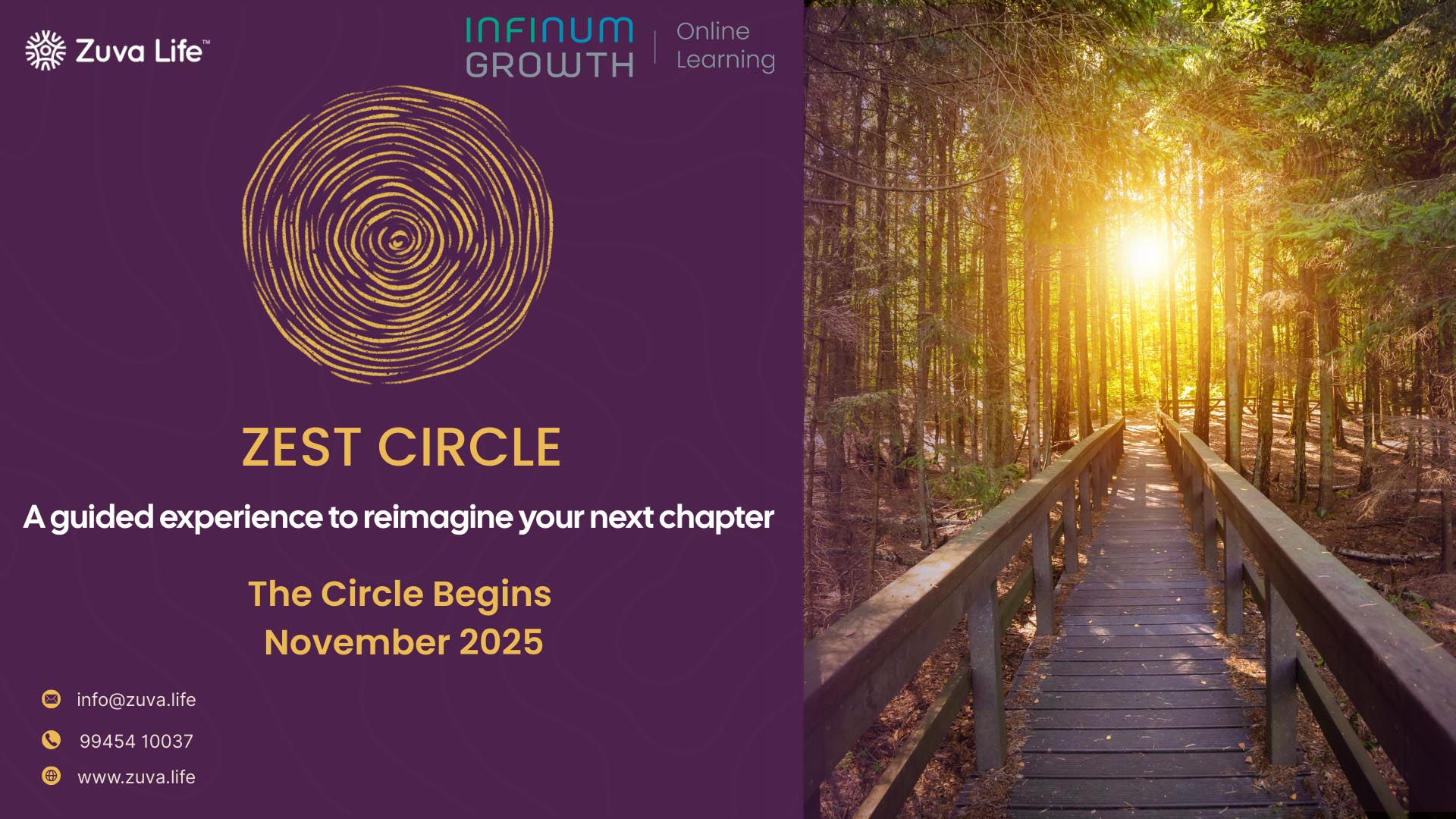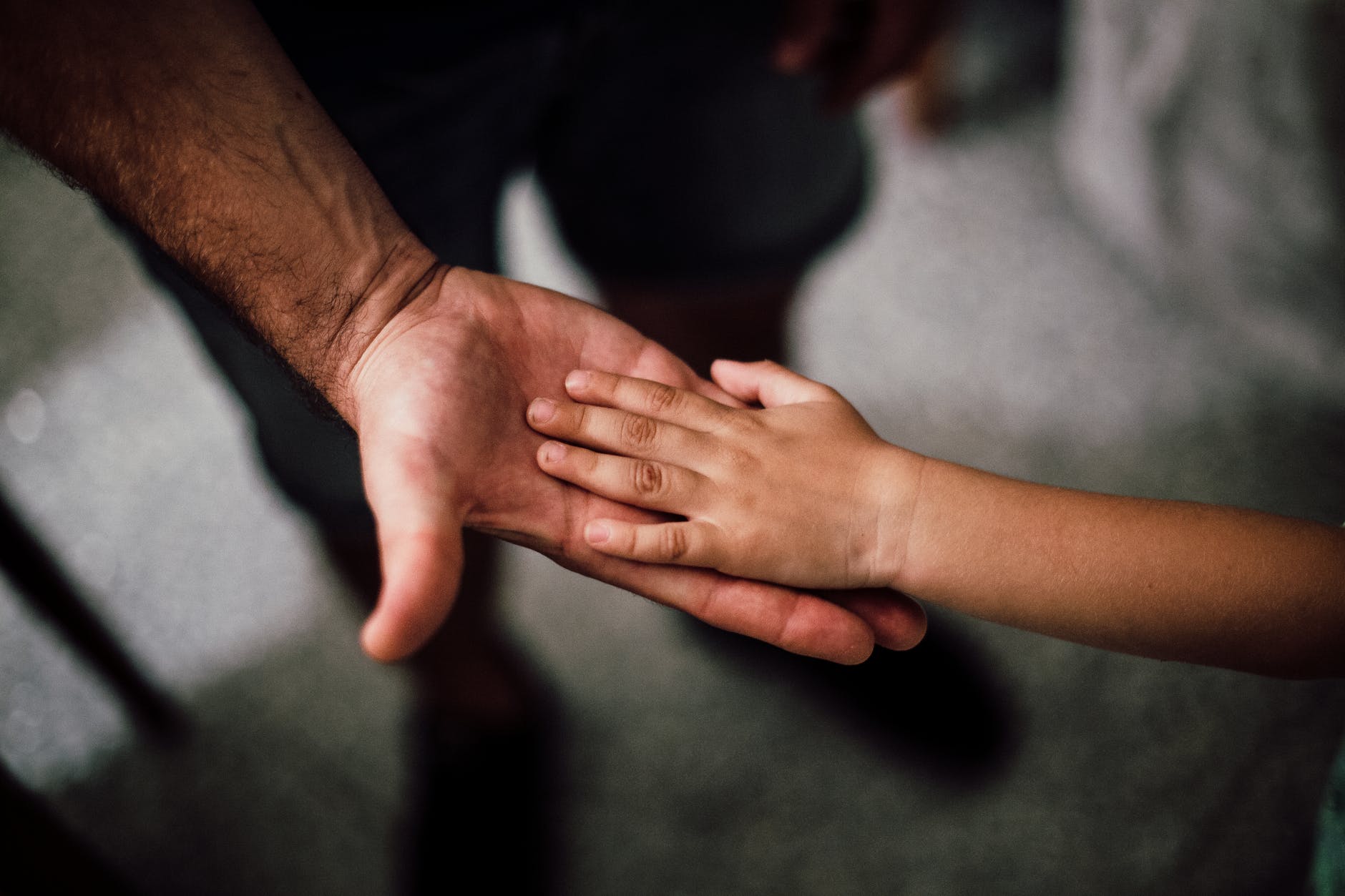As I sit down to structure years of my research and observations into The7Cs, something profound keeps echoing in my mind. As I revisit old notes and lived experiences in early childhood education, one question continues to rise: If experiential learning is the only developmentally appropriate approach for early years, why are we still okay with the traditional book-and-desk model for young children?
The more I reflect on this, the clearer it becomes: those who originally designed our modern education systems—focused on books, desks, and linear instruction—simply did not fully understand how radically different the early years of childhood are from the later school years. At that time, developmental neuroscience was in its infancy. The understanding of how children learn, especially in their formative years, was limited or completely absent. But today, we know better. And that knowledge demands a better response.
Childhood Education in The Early Years: Not Just Smaller Versions of School
When we picture education, we often imagine a quiet classroom: children sitting in rows, a teacher at the front, books open, and pencils moving. Now imagine placing a curious, wide-eyed three-year-old in that setting. The model crumbles.
The early years—especially ages 0 to 6—are a time of unparalleled brain development. This is when neural pathways form at an astonishing rate. These years are often called the “sponge years” because children absorb their environment—language, sights, sounds, relationships, patterns—more rapidly and deeply than they ever will again.
During this time, every moment is a learning opportunity: watching an ant carry food, pouring water from one container to another, repeating a sound, or touching sand. These are not distractions from learning—they are learning.
Unlike older children, toddlers and preschoolers don’t need academic instruction. What they need is rich sensory input, safe emotional connection, meaningful language exposure, and the freedom to move and explore. Trying to accelerate academics at this stage is like trying to build the roof before laying the foundation.
Why Experiential, Child-Led Learning Works
That is why alternative pedagogies like Montessori, Reggio Emilia, and Waldorf have always felt so aligned with the natural rhythm of early childhood. These methods understand what children instinctively know: that learning happens best when it is joyful, hands-on, and led by curiosity—not imposed through rote memorization or artificial structures.
Children in these environments are not taught in the traditional sense. Instead, they are guided. Their days follow a rhythm rather than a rigid schedule. They are given time to wonder, materials to touch, and space to think.
Yet, even these well-regarded systems were developed decades ago—before we had the rich insights from modern neuroscience.
The Neuroscience Advantage: What We Know Now
Today, research from neuroscience gives us an even deeper understanding of how learning unfolds in the early years. We now know:
- Sensory input directly shapes cognition.
- Safe emotional environments enable deeper learning.
- Repetition through movement and hands-on experience enhances memory.
- The development of executive function—skills like focus, self-regulation, and decision-making—begins as early as age two.
- Language and music exposure in early years strongly influence literacy and numeracy later.
This means we can no longer afford to treat early learning as a “mini-school.” It must be an intentional, brain-aligned, child-centered environment—where play, movement, and connection are prioritized over worksheets and textbooks.
The Need of the Hour: A New Paradigm for Early Education during Childhood
We are at a powerful crossroads. The science is available. The need is clear. The responsibility is ours.
It is time we move beyond both the outdated traditional methods and even the progressive systems of the past, and design an approach that reflects what we now know. We need environments that honour the child’s developmental stage, protect their emotional well-being, and offer rich, stimulating experiences without turning the early years into a rushed race toward school readiness.
This is the vision I am building with The7Cs—a holistic framework that integrates experiential learning with modern developmental insights. Because children are not just preparing for life—they are living it, right now.
In Summary
The early years are not just a prelude to education—they are education. These years are when the roots of curiosity, confidence, empathy, and creativity are planted. And those roots need space, light, and nourishment—not pressure.
Let us not rush our children into books and classrooms. Let us build environments that evolve with the child. Let us design experiences that nurture their whole being—body, mind, and spirit.
Because the best education does not start with a syllabus. It starts with a child.
Happy exploring!
This article was first posted on the author’s website The7Cs.co.in
Please do leave your comments at the bottom and do share with others if you like this article.















